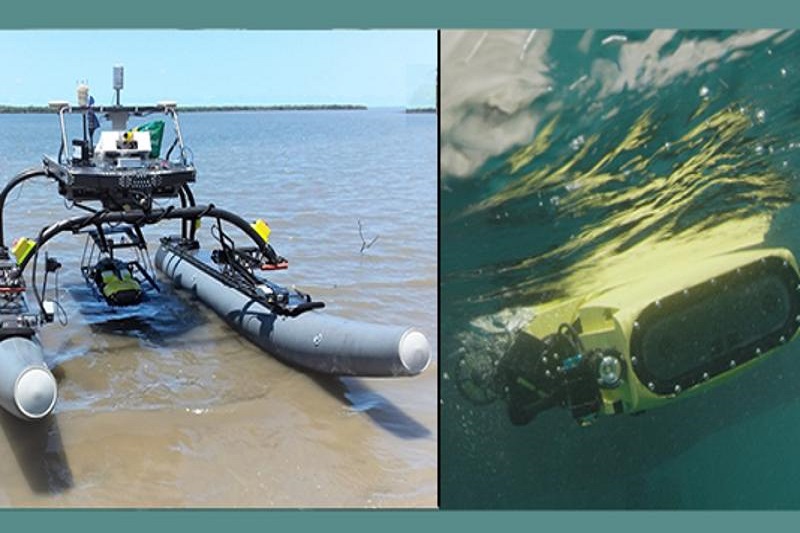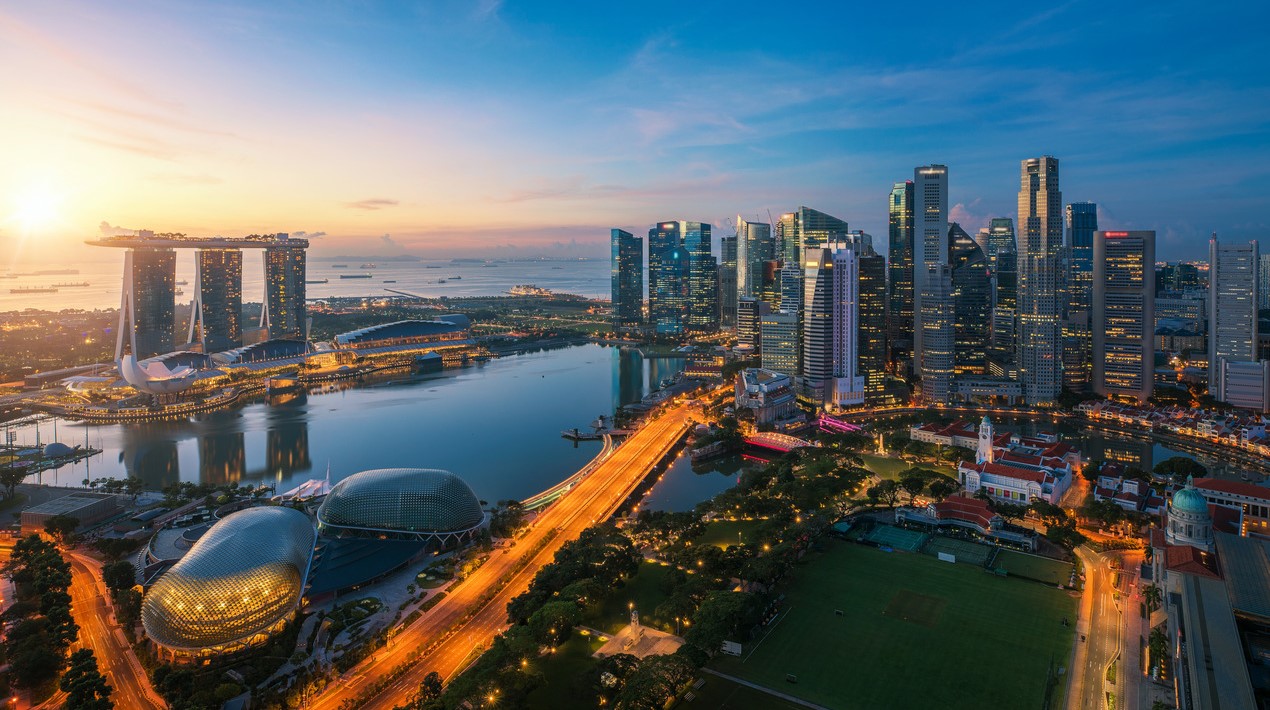
A team of students from the Queensland University of Technology recently joined a coveted biennial competition in Hawaii.
The robotic duo of Bruce and Thunder 4 competed in the event, according to a recent report.
Bruce, the Autonomous Surface Vehicle or “robo-boat” has robotic vision for its superpower. Thunder4, meanwhile, is a modified version of the RangerBot and will play Bruce’s trusted sidekick.
The team is under the guidance of the Australian Centre for Robotic Vision Chief Investigator and University Professor Matthew Dunbabin.
The team was buoyed by a passion to claim victory not for victory’s sake or prize money, but advancement of autonomous vehicle technology in the maritime environment.
This competition offers a fantastic technical opportunity for students to network and gain exposure to an incredibly important industry that is all about saving lives, moving freight and protecting natural environments.
Ongoing advances in autonomous maritime vehicles or ‘robo-boats’ will be important in real-world emergencies.
This will enable search-and-rescue missions in all conditions, especially when human-led efforts are thwarted by dangerous or risky scenarios.
A new requirement was added by the organisers of Maritime RobotX Challenge for the latest competition.
The competitors needed to construct a ‘System of Systems’ with craft operating in multiple domains, including the ability to sense and act underwater.
Bruce played the lead ‘robo mother ship’ while Thunder4 was put to work as the team’s eyes beneath the water.
Bruce is a 16-foot Wave Adaptive Modular Vessel (WAM-V) that was provided as a shell to each team, ahead of the competition.
The team had to fit the shell with a system of sensors, software and hardware that work together to enable its autonomous capabilities.
Aside from being capable of a fully autonomous movement, Bruce must be smart enough to make decisions regarding navigation and mapping.
Bruce has several capabilities that include on-board intelligence, which enables it to successfully perform tasks like obstacle avoidance.
It also has signal recognition, including reading light sequences, to determine whether to dock or circle buoys in a certain direction.
Obstacle detection and recovery of objects located above and below the water’s surface are among its capabilities.
More importantly, Bruce can do all these without human intervention.
The inspiration behind using Thunder4 as sidekick to Bruce is the cult British sci-fi classic, Thunderbird 4.
It followed the adventures of International Rescue, a life-saving organisation equipped with technologically advanced land, sea, air and space rescue craft.
This year marks the third time the competition has been held. The event was organised by RoboNation and Navatek, with funding support from the US Office of Naval Research.
In an earlier report, an undersea robot has dispersed microscopic baby corals (coral larvae) in order to help scientists working to repopulate parts of the Great Barrier Reef during the mass coral spawning event.
RangerBot was engineered into the LarvalBot specifically for the coral project restoration.
















